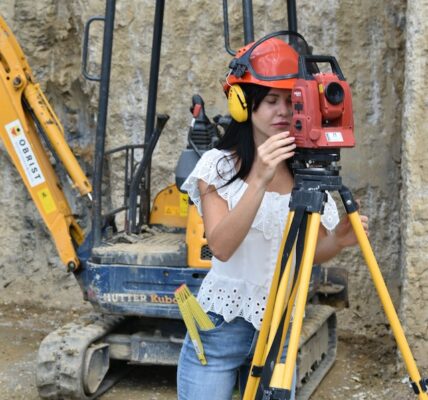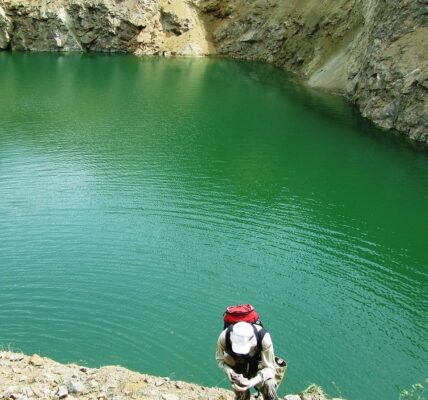Over time, under the influence of aggressive atmospheric effects, changes in climatic conditions, or human-induced transformations, various irreversible changes occur in the structure of the Earth’s crust, which are called geological processes. These phenomena are classified into several categories, each of which is described in detail below with an indication of the main features.
Erosion
Soil erosion is the natural process of gradual destruction of soil, rocks, and organic fossils by the movement of water currents. In the process of erosion, the energy of water gradually affects the crystalline structure of minerals or rocks, increases or causes micro-cracks that gradually expand under incessant pressure. As a result of erosion, particles of the substrate and rocks flake off and move with the water flow for short distances. Erosion results in sinkholes, deep ravines, and canyons and valleys cut by the river.
Erosion can be normal, which occurs exclusively under the influence of natural forces, or accelerated, when the natural processes are interfered with the technogenic factor.
Erosion is classified into 3 basic categories – rain erosion, when particles of the basement are washed away by falling drops, planar erosion, when the upper strata of soil gradually slide down from embankments or mountains whose slopes are sloping, and linear, or local erosion, when there is a washout of the basement by moving water streams.
Weathering
Weathering is a change in the structure of rocks, influenced by weathering such as the movement of air currents, rain, hurricanes, tornadoes, or other natural disasters.
The cause of weathering can be both internal and various mechanical effects – the formation of gases inside the molecules of solid rocks, underwater erosion effects, gravitational effects under the mass of overlying materials and other factors.
As a result of weathering of material in the earth’s crust, rocks can both lose their physical and mechanical properties and structure, collapse and fall into disrepair, and, conversely, strengthen, acquire a certain shape, which allows their use in industry or in the construction industry.
Weathering can be natural, which is accompanied by natural aging of materials and their components, as well as artificial, when all the physical, mechanical and morphological changes occur under the influence of directed external forces.
Plate tectonics
Plate tectonics is one of the major geological processes that involves the movement of lithospheric plates over the surface of magma. As a result of these geological processes, each lithospheric plate moves a certain distance each year.
In the process of plate movement, depending on their distance or proximity to each other, a fault, a depression, or a mountain range is formed. If the plates get too close together, magma can come to the surface, which is called volcanization. As a result of volcanic eruptions, the climate in the area partially changes, and a new topography of the surveyed area is formed with the appearance of various plant or animal species.
As a result of a thorough study of plate tectonics, scientists can always prevent natural disasters, build capital structures in time to strengthen the soil, or implement emergency measures to protect the population living in an area exposed to plate tectonics from danger.




